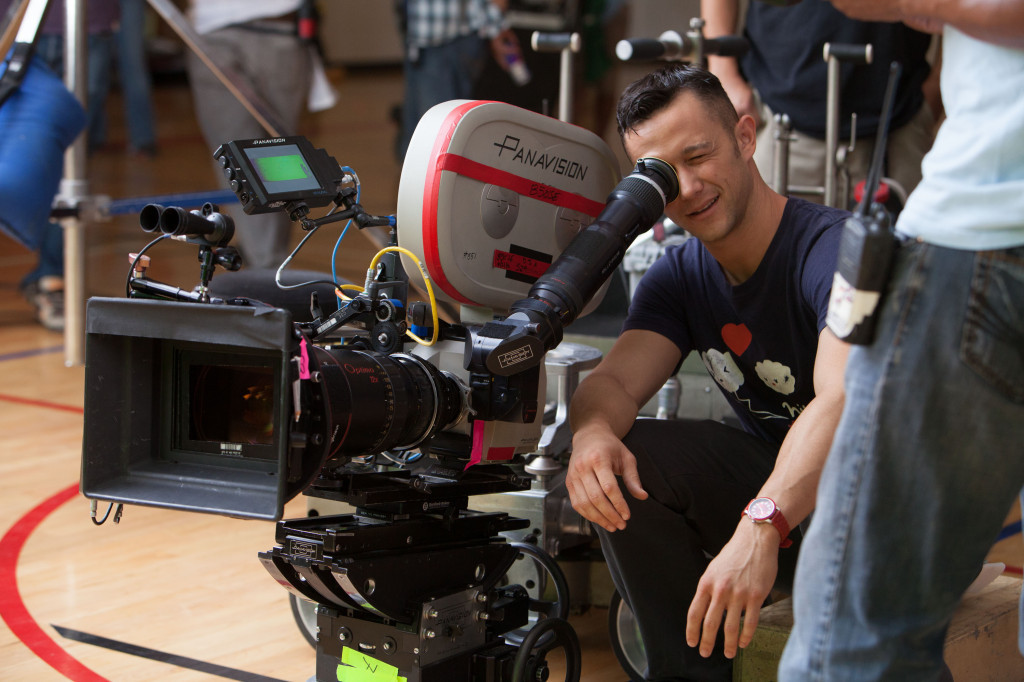
How ‘This is Where I Leave You’ transitioned from book to movie
By Chandler Walter, Assistant Editor
Novels adapted into movies have a bad track record when it comes to truly living up to the expectations held by fans of the original books.
Occasionally, however, the author of the original material is given full rein on how the adaption is played out on screen, and the transition of medium is made less jarring.
Such is the case of This Is Where I Leave You, a 2009 novel by Jonathan Tropper about a dysfunctional family, death, manhood, and cuckoldry. The movie adaptation of the book—released five years later in 2014—had Tropper himself as the main scriptwriter, and the loyalty to source material is evident for anyone who has both read the book and watched the movie.
Entire conversations are played out word for word, and scenes are presented as more of literal visual depictions of the novel than what would be expected upon hearing the word “adaptation.” So closely does much of the story follow the plot of the book that the few instances where it differs slightly become all the more noticeable. Changed names here and there, a dropped plot point between two brothers, and a more definite end resolution are a few of the divergences made for the movie version, though the most important difference is what all movies pale in comparison to written work in achieving: Explaining the thoughts and emotions of their characters.
Although the long, sad stares of Jason Bateman’s Judd Altman (Judd Foxman in the books) manage to hint at the despair of this man who has lost his job, wife, and father, it simply does not—and cannot—do justice to one of the book’s most attractive offerings: Judd’s own depressingly witty thoughts on who he is, who he is with, and what is going around him.
The wit of the character is displayed in the movie version through interactions with other characters, but it is the wit of the writer himself that is seemingly diluted in the transition. Tropper’s shameless metaphors, rambling musings, and often-touching insights are hidden inside the skull of Judd on screen, unable to be tapped into without the use of a severely out of place soliloquy.
Reading the novel before watching the movie version made seeing the visual story a better experience, because it unlocked the character’s depths in a way that simply can’t be done in a 103-minute runtime. That Tropper’s strength as a writer was somewhat lost in translation is a shame for those who only experienced the 2014 film, though the consistency in sticking to the original plot, dialogue, and characters of the book makes the movie version a truer-than-usual depiction of the story an author was telling.

